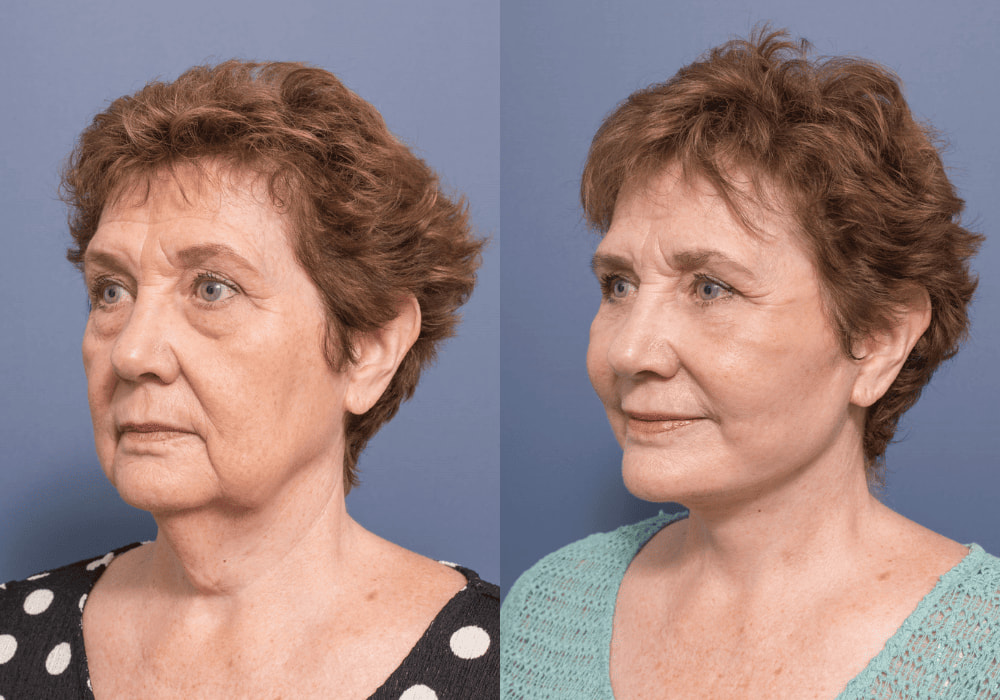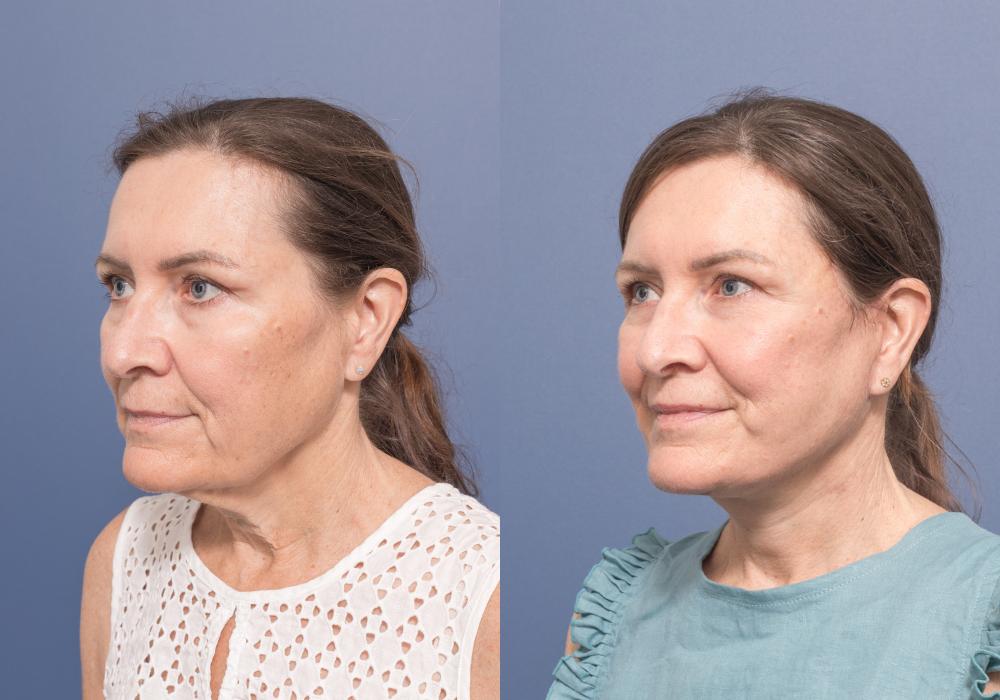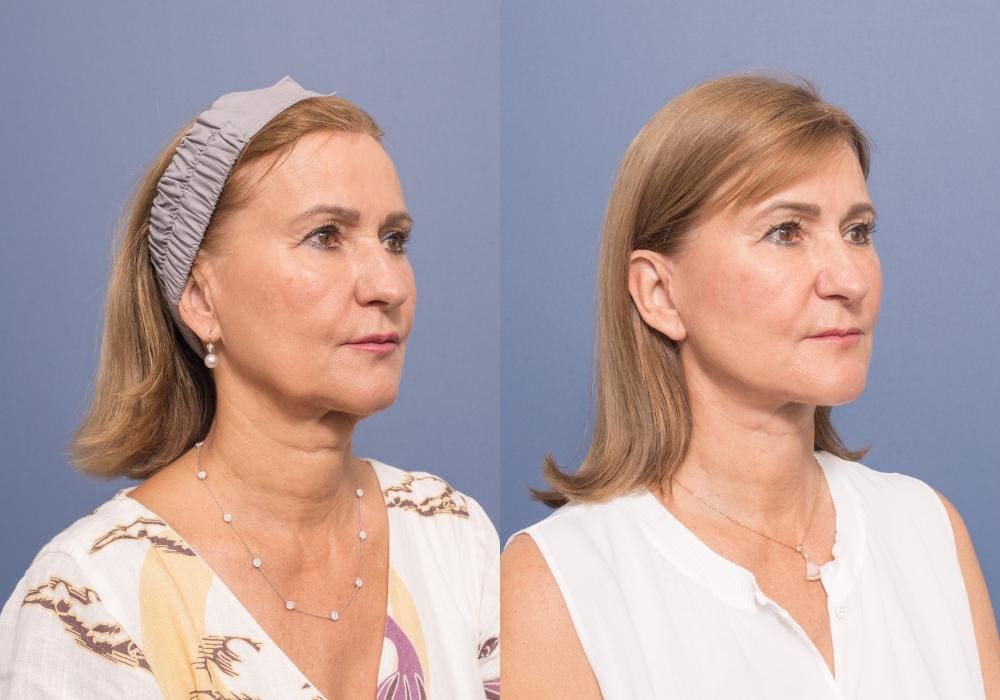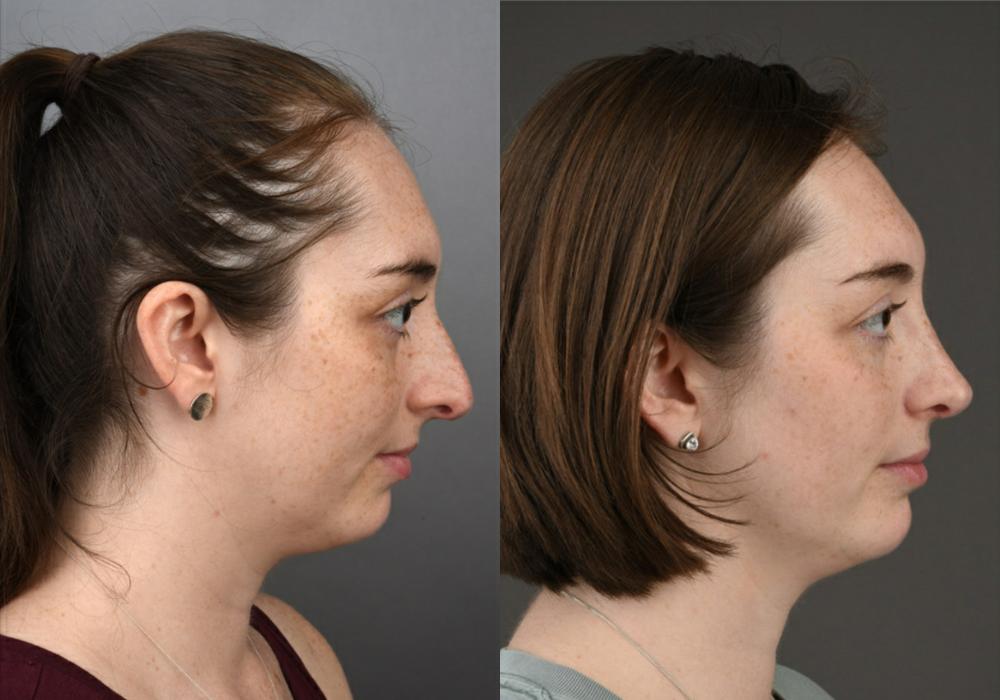Revision Eyelid Surgery: Great for patients who need complications or failures from previous eyelid surgeries corrected
What is revision eyelid surgery?
Revision eyelid surgery is a surgical procedure performed to correct the complications or failure of a previous eyelid surgery or when the individuals’ eyelids have aged to the extent that another blepharoplasty is required to address their aesthetic concerns. This procedure is tailored to meet the unique needs of each individual and is designed to improve the function and appearance of the eyelids.
Why do some eyelid surgeries fail?
Eyelid surgery, also known as blepharoplasty, is a commonly performed procedure that helps to reduce the signs of aging and improve the appearance of the eyelids. However, like any surgical procedure, there are risks involved, and some surgeries may not go as planned. Complications of eyelid surgery may include:
- Asymmetry
- Excessive skin removal
- Scarring
- Ptosis (drooping of the eyelids)
- Ectropion (outward turning of the eyelids)
- Entropion (inward turning of the eyelids)
The complications of eyelid surgery
Revision eyelid surgery can be complex and requires specialised skills and expertise. The procedure may involve skin and tissue repositioning, fat transfer, canthal repositioning, ligamentous/fascial scar release, midface lifting and/or other advanced techniques. Some of the complications of eyelid surgery that may require revision surgery include:
- Ectropion repair: Ectropion is a condition in which the lower eyelid turns outward, causing the eye to be exposed and dry. Revision surgery may be required to restore the eyelid’s normal position and improve eye comfort and function.
- Canthal repositioning: The outer corner of the eye can drop after prior surgery which may require elevation to restore the natural youthful contour of the eyelid and eye
- Scarring: Scar tissue may develop after eyelid surgery, causing the eyelid to look unnatural or causing discomfort. Revision surgery may be needed release the scar tissue and restore the anatomy
- Over resection of skin/fat: Prior over resection of fat and skin can result in a hollow or setback appearance to the eye. This often requires release of the scar tissue, elevation of the tissues and corner of the eye as well as restoration of volume to the eyelid with fat grafting
Recovery after revision eyelid surgery
Recovery from revision eyelid surgery can take several weeks, depending on the extent of the surgery. Individuals may experience bruising, swelling, and discomfort in the eyelid area, which can be managed with prescribed medications. It is important to follow all post-operative instructions carefully to ensure proper healing.
Who are good candidates for revision eyelid surgery?
Good candidates for revision eyelid surgery include individuals who have experienced complications from previous eyelid surgery, are unhappy with the results of their previous surgery or have enjoyed their blepharoplasty results for many years and now require a revision touch up. Candidates should be in good overall health and have realistic expectations.
Note: Any surgical or invasive procedure carries risk. These risks will be discussed with you in detail during the consultation. For further information on risks please refer to the patient resources section of the website.





